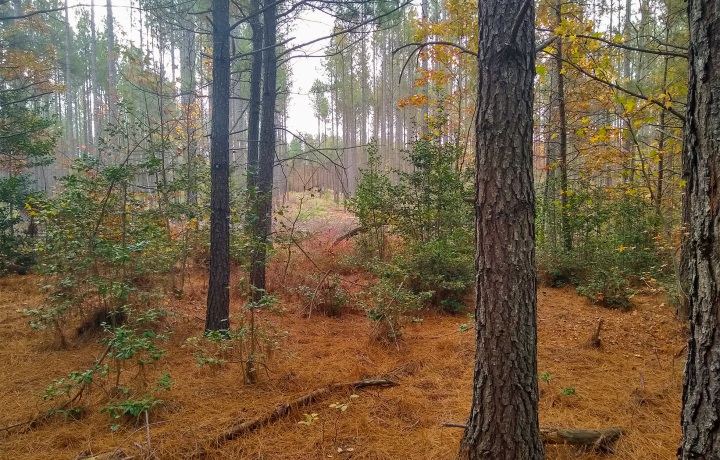Anew Climate, LLC announced the acquisition of entities managed by The Forestland Group (“TFG”) which includes a 1.7-million-acre timberland portfolio. The acquisition was completed by Blue Source Sustainable Forests Company (“BSFC”), a joint venture with Oak Hill Advisors, L.P. focused on forest acquisitions and sustainable forest management. BSFC has also entered into definitive agreements to acquire additional TFG-managed entities holding an additional 200,000 timberland acres. The transactions are valued at approximately $1.8 billion, representing one of the largest private conservation-focused forest investments in U.S. history.
At a time when 4.2 million acres of U.S. forest cover continues to be lost annually from industrial logging practices, Anew is transitioning the newly acquired lands into sustainably managed forestland for climate mitigation. With 110,000 acres previously purchased for carbon sequestration in New York, Michigan, Tennessee, Alabama, and Mississippi, BSFC’s portfolio will exceed 1.9 million acres upon completion of all TFG-related acquisitions, making it the 7th largest private forestland owner in the United States. This acquisition also expands the nature-based and agricultural portion of Anew’s carbon development portfolio, which includes numerous private, indigenous, and public lands, to over 5.6 million acres primarily in North America.
BSFC is the first of the industry’s ten largest forestland owners to commit to prioritizing climate mitigation practices. BSFC management will maintain the lands as working forestlands under carbon development requirements which are the strictest in the industry, exceeding that of FSC certification. Selective harvests, significantly below annual tree growth levels, will prioritize the restoration of native biodiversity, bolster the forests’ natural defenses against disasters such as fire or disease, and produce high value timber products. Conservative calculations, based upon decades of expertise and Registry-approved carbon quantification methodologies, estimate that the acquired properties have the capacity to absorb hundreds of million tonnes of atmospheric carbon dioxide over the next century through tree growth resulting from improved management.
